Get in touch
hello@stymix.com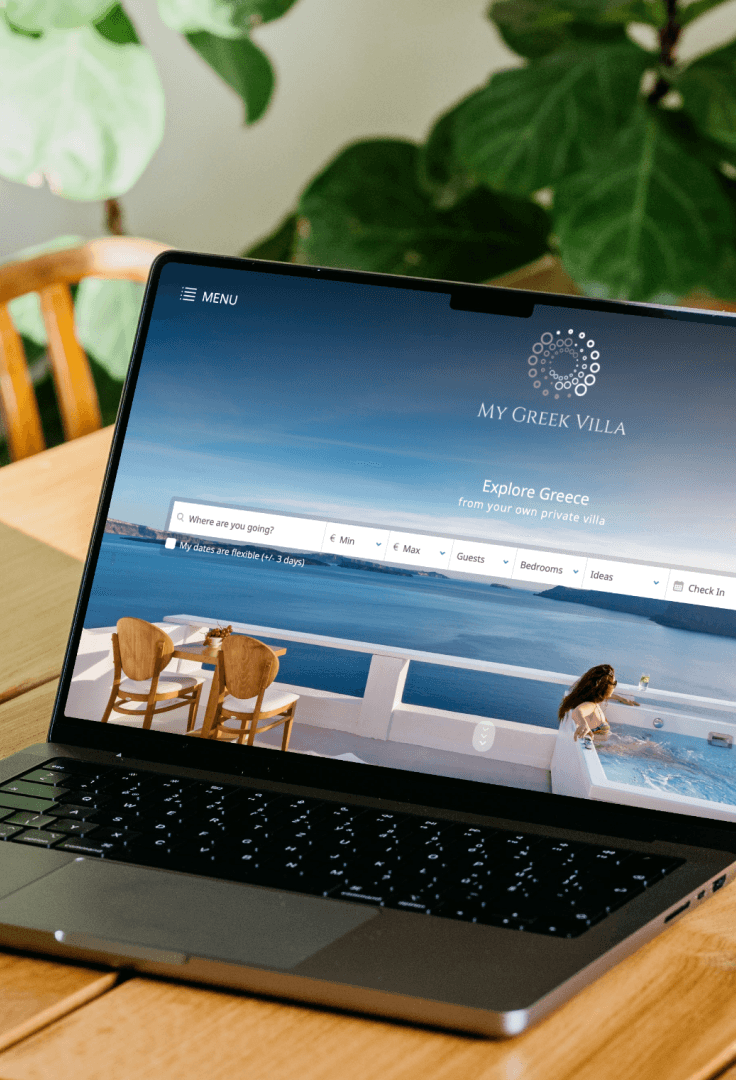
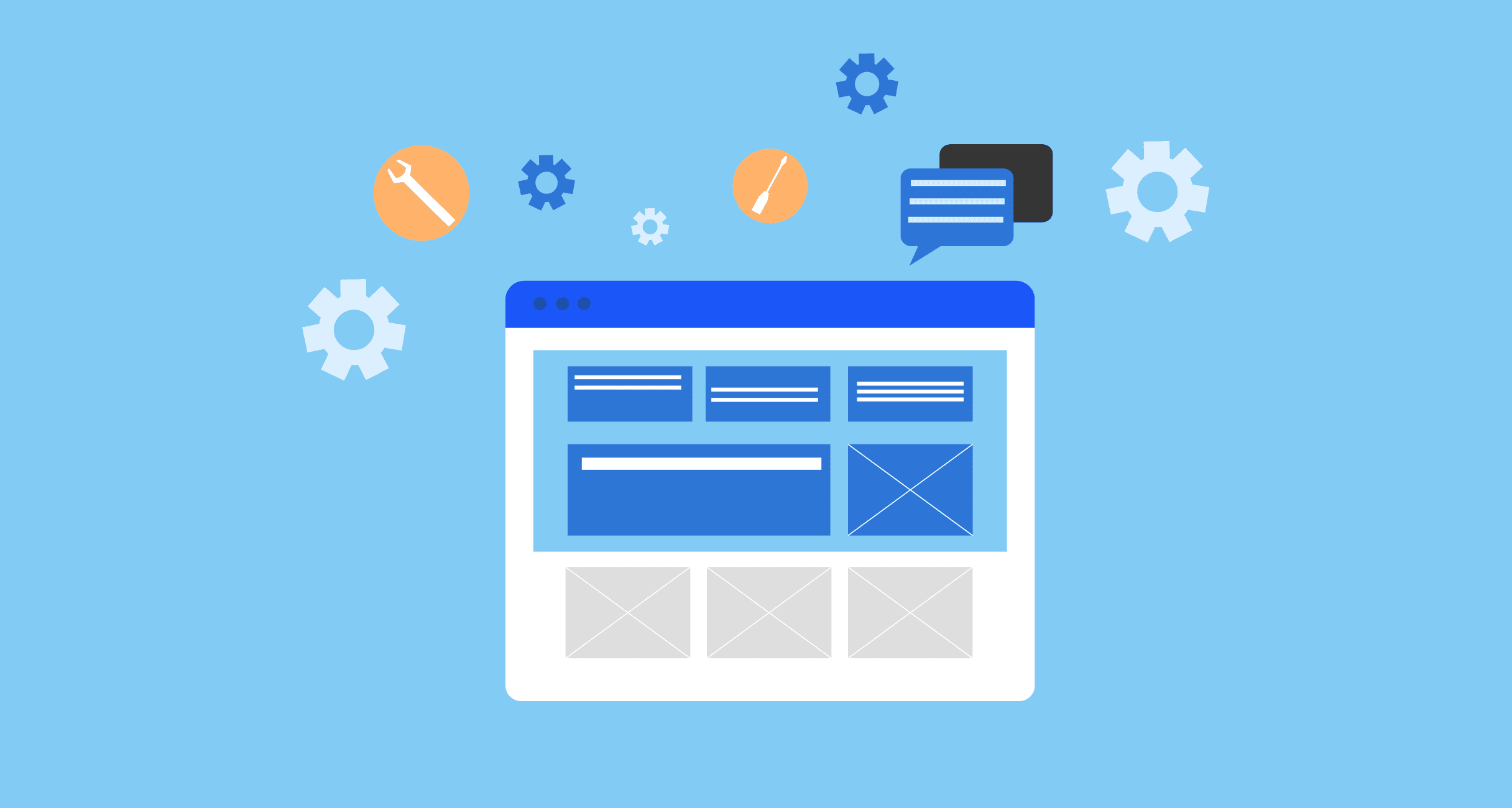
Landing pages are like digital shop windows designed to attract and engage potential buyers. They're essential for any business. But do all landing pages succeed in the conversion game? Sadly no!
If you are wondering what makes some landing pages work, then you are at the right place. Here we're going to go over the basics of a landing page and help you build high-converting ones, whether you're new to designing landing pages or trying to optimize any.
Let's start with the fundamental question: what is a landing page on a website?
To define a landing page, we can say it's a clear and focused way to guide your customer or audience decide what to do next online.
Landing pages are standalone pages on websites specifically designed to prompt a particular action. It's where people land after clicking on an ad or a link from a marketing campaign.
Unlike traditional web pages containing multiple links and distractions, landing pages focus on a single objective. It's created to convince visitors to take action, whether signing up, buying a product, or downloading something.
Instead of being cluttered with lots of links and information, a landing page keeps things clear and direct. It's all about making it easy for visitors to understand what you're offering, how they can get it and motivating them to convert.
Well, a burning question among many of us is homepage and landing page the same? Let's get into it.
When you visit a website, you might notice that some pages look different from others. Landing pages and home pages are two very common types of web pages for any business. They have plenty of similarities while having some major contrasts.
These two pages serve slightly different purposes and cater to distinct audiences.
A landing page showcases a focused message that wants you to do something specific, like sign up or buy a product. It's designed to grab your attention and guide you towards taking that "one" action.
Everything on a landing page is geared towards convincing you to do that "one" thing.
The homepage, on the other hand, is like the front door of a website. They usually have many elements, like links to other parts of the website, featured content, and maybe some news or updates.
Homepages are like hubs where you can explore everything the website offers. These pages also showcase your products or services, but usually they highlight all of them.
Here are the key differences:
Remember, these differences while building a landing page for your website, if you are looking to make a difference.
Creating the best landing pages for conversions requires the right elements. And the elements depend on which types of landing page you want or have.
Just as there are different tools for different tasks, there are various landing page formats for specific purposes. Figuring out which type fits your project best will help it do well.
Four main formats or types of landing pages are:
In online marketing, providing value to customers before asking for their hard-earned cash is a golden rule. Click-through landing pages work as a gentle introduction to do so.
A click-through page provides information without immediately pushing for a purchase. Rather, these pages highlight the benefits and features of a product or service in a compelling manner.
Instead of immediately asking people to buy, this landing page may invite visitors to start a free trial or watch a demo. Once someone clicks on the invitation, they're taken to another page. They might find more details about your product and how to sign up. Sometimes, they may need to put in their payment info to start the trial.
To ensure your click-through page works effectively, following the best practices for designing landing pages is essential. This means keeping things simple, using convincing yet clear language, and encouraging visitors to take the next step.
Lead generation pages are the workhorses of your email marketing efforts. Their primary goal is to grab valuable contact information from visitors, such as email addresses or phone numbers.
Typically, these pages feature enticing offers or incentives, like free guides, discounts, or exclusive access to content, in exchange for visitors' contact details.
With a well-crafted lead generation page, you can build a robust email list and nurture relationships with potential customers over time.
Sales pages are the heavy hitters of your conversion funnel, dedicated to convincing visitors to make a purchase or take a specific action.
Unlike other types of landing pages that may provide more information, sales pages are streamlined and direct. Their sole purpose is to close the deal and turn visitors into customers.
These landing pages are all about persuasion, using tempting language, stellar testimonials, and irresistible offers to seal the deal.
Sales pages are commonly used for product launches, special promotions, or driving sales for a specific product or service.
Another popular landing page format is splash pages. These are dynamic entry points to a website, designed to immediately capture visitors' attention and convey a specific message or offer.
These pages act as digital billboards on your website, grabbing attention with bold visuals, engaging content, and hypnotic calls to action.
Splash pages are temporary and often serve a singular purpose, such as promoting a new product, announcing a special event, or highlighting a limited-time offer.
While splash pages may not directly drive conversions, they are good at increasing brand awareness and directing traffic toward your main website or landing pages.
There are some other common landing pages we see from time to time.
Building a landing page that converts is more than just tossing some text and images together. It needs to be strategically designed with key elements that guide and persuade users to take action.
Here are the essential components of building landing pages that effectively convert visitors into customers.
The first thing visitors see when they land on your page is the headline. Both your main headline and sub headline should be clear and concise, benefit-driven, and aligned with visitors' needs and interests. It is said that, about 80% of your efforts should be given to the headlines of any copy you may write. This also holds here.
Even if your headline is effective, your landing page still needs a little more details about your offers or services. You must explain how your product and service will benefit the users, motivating them to take your desired action.
While creating landing pages, your goal is to convert visitors into customers. Nothing more or less. And a strong CTA is the most essential element to do so.
CTA prompts visitors to take the expected action, be it making a purchase, signing up, or downloading a resource. They are great for optimizing landing pages and can highly boost conversion rates.
You should have a few CTAs scattered over the whole page. But remember not overdo it as it may ruin the user experience.
One picture can say a thousand words. So visuals are very important.
You need engaging elements on your landing pages to capture visitors' attention. High-quality images, videos, and graphics are powerful tools to create a memorable impression on your visitors' minds. These can convey your message effectively and pretty much quickly.
Suppose you sell kitchen knives. Sharing a tutorial on the ease of its use can be a very vivid way to convey your message to potential buyers.
Testimonials, reviews, case studies, and trust badges help build credibility and trust with visitors. They are the best way to showcase positive experiences from past customers.
User generated contents such as unboxing videos, usage experience, even fun TikToks are much appreciated by the potential customers these days. It actually gives them a better idea about the product in question.
Sometimes, there's a form where you can fill in your information, like your name and email address. This is how you sign up for something or get more information. You may not consider forms an essential element when designing a sales landing page, but it is essential if you think long term.
Email list building is one of the most effective marketing strategies and collecting contact information from the target audience is the critical step in doing it.
Now putting all these elements together, you can design a website landing page that can boost conversion rates.
For high converting landing pages, it's essential to follow best practices for landing pages. You can check some great landing page samples to get a more precise idea. Here are a few for you.
As a leader in the streaming industry, Netflix's landing page exemplifies simplicity and effectiveness.
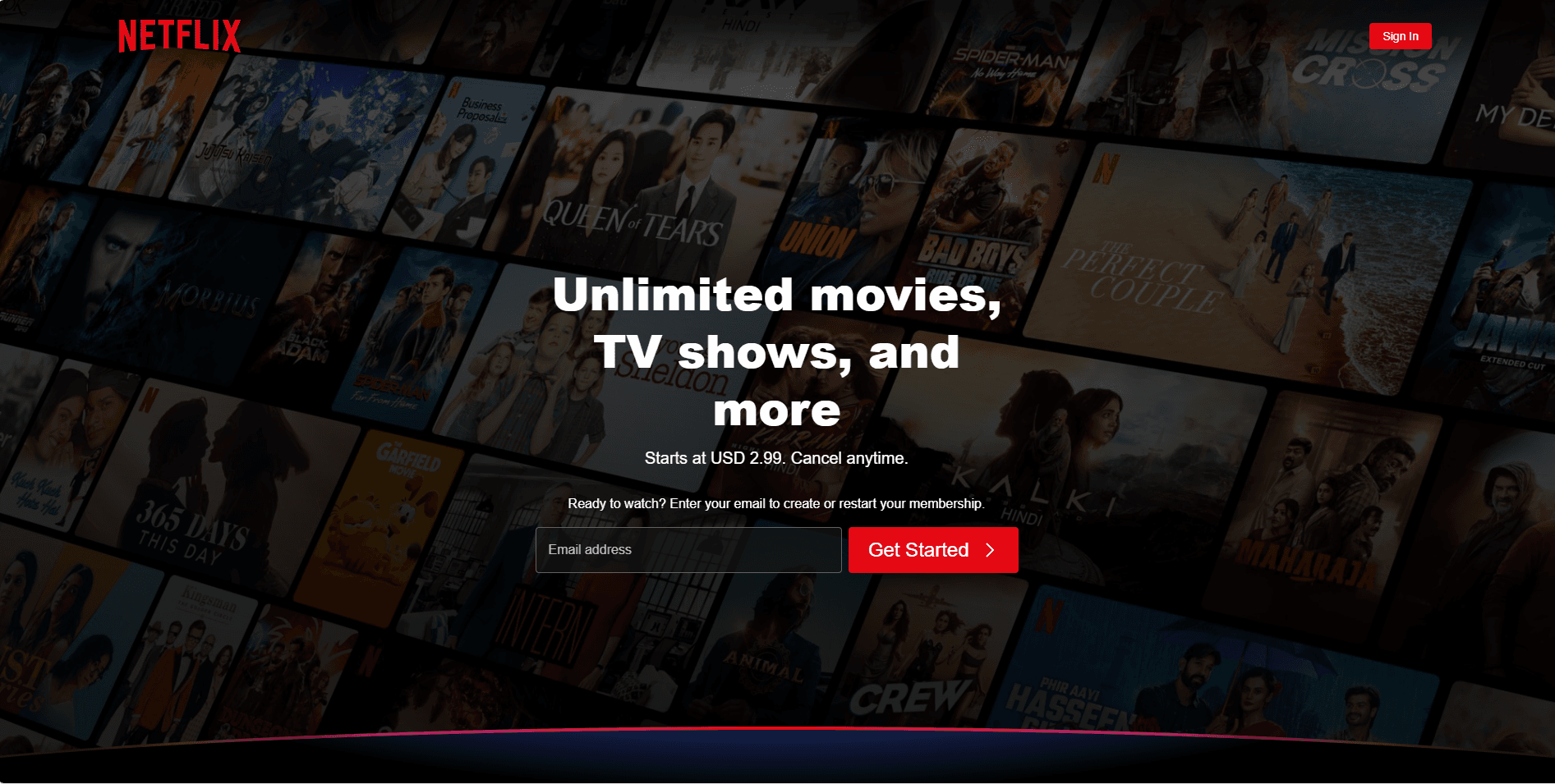
The page welcomes you with captivating imagery of popular movies and TV shows, instantly drawing you into the entertainment world.
Notice how the bold headline, "Unlimited movies, TV shows, and more," highlights Netflix's promise of endless entertainment options.
The clear call-to-action button, inviting you to "Get Started," encourages you to begin your viewing journey with a trial subscription.
Additionally, if you scroll down, you'll see no more than 150-200 words of copy on the entire landing page. That makes it very easy for visitors to understand what their service offers.
Let's look at another example: the landing page of Mailchimp.
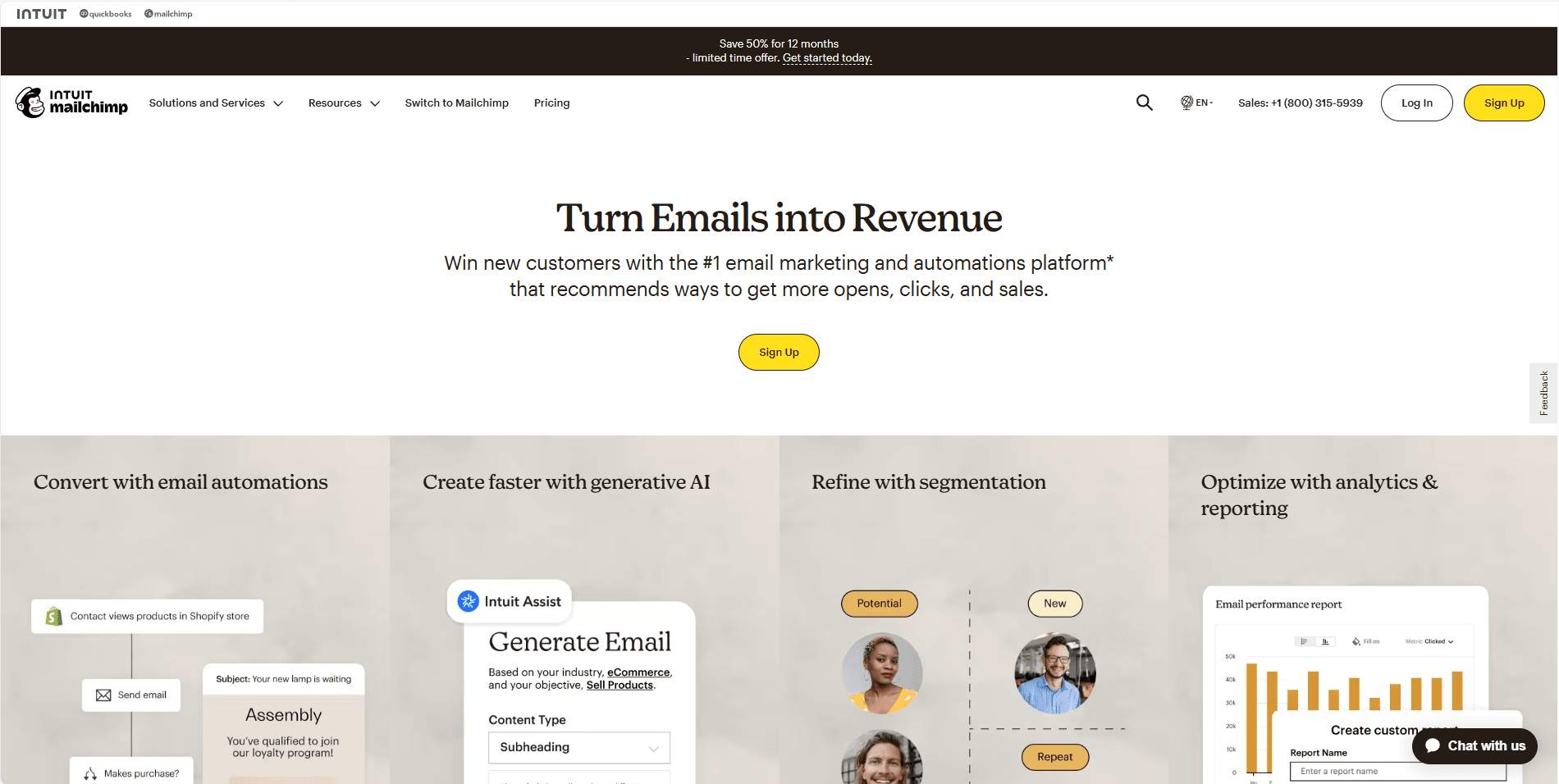
It's a B2B email marketing automation platform. And its "Turn Emails into Revenue" landing page is just another example of smart landing page design.
Mailchimp's bold headline highlights their core value proposition of helping businesses generate revenue through effective email marketing campaigns.
Also, the clear call-to-action button inviting you to "Sign Up" allows you to explore Mailchimp's suite of tools and resources instantly.
Now, have a look at an e-commerce site's landing page, Perfect Keto, for example.
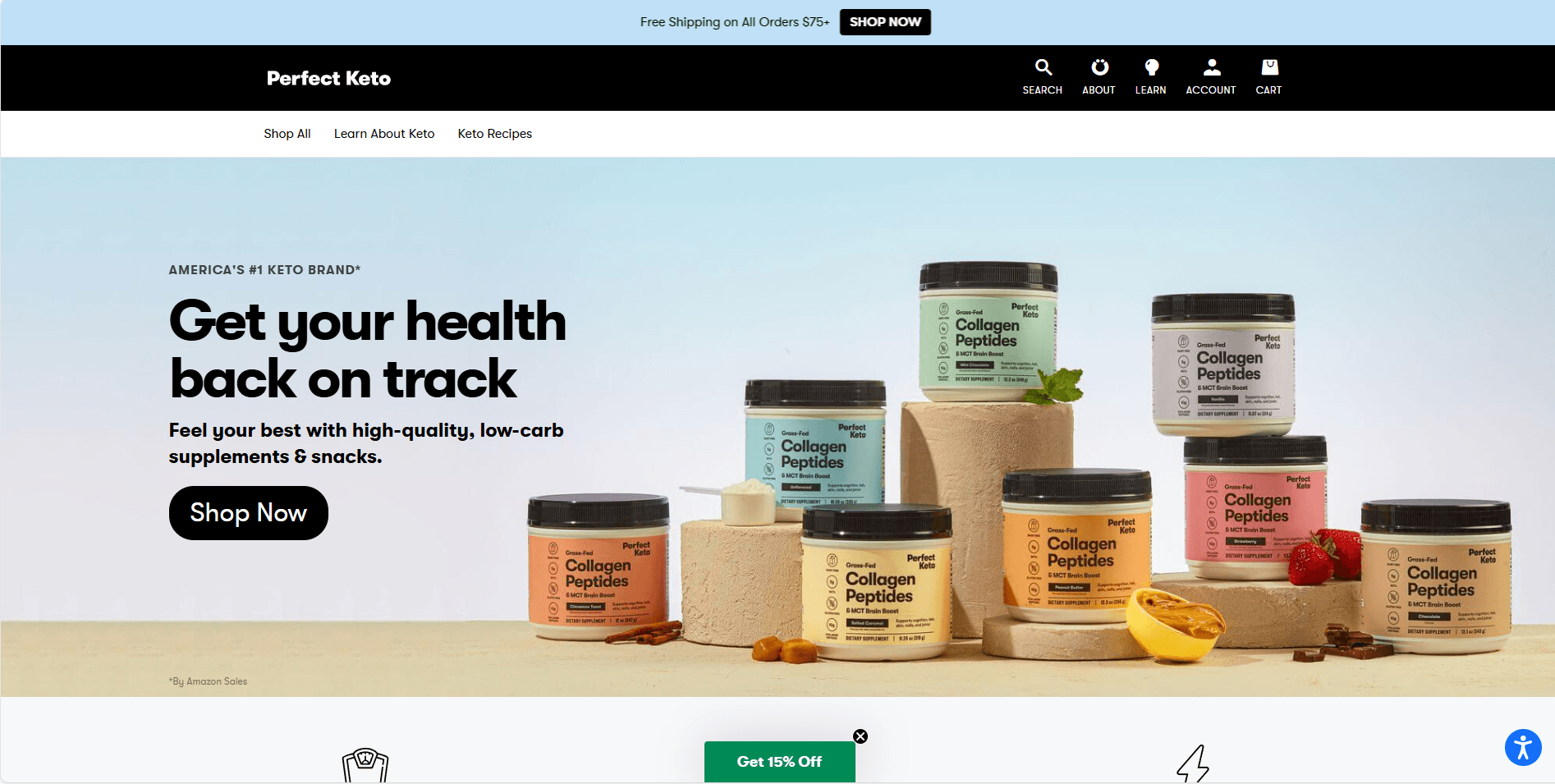
Notice how they highlighted their brand achievement as America's top keto brand, which will have a great impression on their visitors.
From the moment you land on their page, you'll immediately notice their bold headline, "Get your health back on track." This boosts visitors' confidence. They will be reassured that their willingness for a healthy lifestyle aligns with the brand's goal.
Beside the headline, you can find clear visuals of their products. Simple and bright visuals make the design of the page stand out.
Underneath that, you'll find their short message (copy), which is clear and concise to convey the brand's purpose. And their CTA button is right below that. Guiding the visitor on what to do next – in this case, i.e. to shop.
As you scroll down, you'll also see their features and benefits.
You'll also see stories and testimonials from satisfied customers. This gives anyone aspiring to lead a healthy life hope that they can achieve this with Perfect Keto products.
Overall, Perfect Keto's landing page makes finding their products easy, emphasizes on the benefits and seals the deal by flaunting remarkable testimonials. And that makes it a great landing page.
Designing landing pages that are great for conversion is a must for online success. By following best practices for creating landing pages, businesses can drive results and see massive growth.